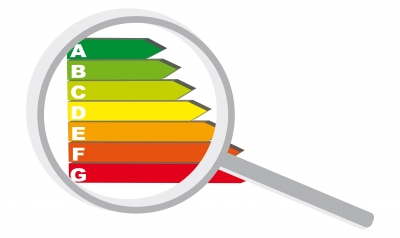Philips refuses to stop labelling Halogen light bulbs as ‘eco’.
Originally, Halogen light bulbs were brought out as an updated filament light bulb that was a more environmentally friendly alternative to regular incandescent light bulbs. However, since the release of CFL light bulbs and LED light bulbs the Halogen light bulb is an energy-guzzler in comparison. It was suggested by critics, that the eco-label still applied to Halogens is confusing to the consumer which prompted Osram to remove the eco-label from their Halogen products. Philips has made the point that consumers are smart enough to know that the label ‘eco’ doesn’t necessarily mean ‘the most eco-friendly’ but that the Halogens are more eco-friendly than traditional incandescent light bulbs.
Philips has given their Halogen light bulbs the energy rating of a D whereas CFL light bulbs and LED light bulbs are rated at A and above. If consumers are entirely concerned with their energy-saving properties then they are more likely to look at the energy rating instead of just buying any light bulb with the word ‘eco’ written on it.
The usual Energy Rating for the different types of lamps are:
Incandescent – E,F,G
Halogen Energy Saver – C, D
LED – A+. A++
A spokesperson for Philips said:
Philips offers a range of energy-efficient light bulbs, each with its own characteristics. The product {Halogen Lamps] saves a significant amount of energy compared to traditional light bulbs, which are still in use. Our packaging contains information so that consumers can make an informed decision when purchasing a Philips light bulb. Especially the Energy Label, which allows consumers to easily compare one product to another and makes it very clear what the energy consumption of the light bulb is.




